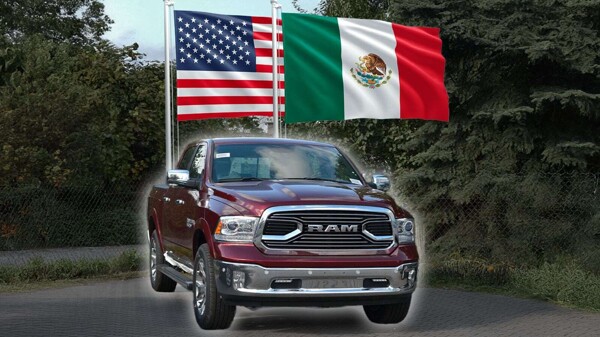
The rates could be adjusted according to Trump's perception of whether a country has been cooperative or combative, one of the people indicated. There is also the possibility that some tariffs do not go into effect in early April and are only implemented after a USTR or Department of Commerce investigation that could last several months, the people said. The talks are fluid and the strategy could change in the coming weeks. Trump could use the law to expedite the implementation of the tariffs, according to a source.
The president participated in a meeting last Friday to discuss options regarding his tariff plans, according to people familiar with the meeting. The White House did not immediately respond to a request for comment. The president's chief trade negotiator is trying to inject order into the new tariffs expected next month, after the announcements rattled markets and fueled uncertainty among businesses.
During the past two months of tariff chaos, marked by false starts, confusion, and presidential threats followed by swift reversals, U.S. Trade Representative Jamieson Greer has largely been out of the spotlight. Greer was confirmed in the role at the end of February, creating a vacuum that was filled by White House advisor Peter Navarro and Commerce Secretary Howard Lutnick to manage messaging.
Greer, a cold-minded legal thinker and Robert Lighthizer's trade advisor during Trump's first term, is trying to take charge of an announcement scheduled for April 2 regarding a series of new tariffs, according to sources familiar with the deliberations who requested anonymity. Trump has dubbed the date as “the big day,” and his administration is preparing to impose tariffs on trading partners based on tariffs and other restrictions applied to U.S. products.
What exactly Trump and his team will announce at the beginning of next month is under debate, but no definitive decisions have been made yet. Setting tariffs on hundreds of countries, designed to match their tariffs and other trade barriers, including wages and tax regimes, on U.S. exports, is a complex task unprecedented in modern U.S. history. Lutnick said earlier this month on Bloomberg Television that some tariffs may be announced immediately and others could be implemented weeks or months later.
Greer’s strategy, under the direction of the U.S. Trade Representative (USTR), involves reinstating parts of a traditional policy process that were missing in the previous tariffs imposed on Canada, Mexico, China, and metals, by soliciting public comments on the reciprocal tariffs. This provides the trade office with a formal way to receive feedback from businesses and other stakeholders. Greer is expected to take those requests into account when establishing the tariff program, according to informed sources.
About 54 percent of registered voters disapprove of Trump’s management of the economy, according to a NBC News poll released on Sunday. Trade lawyers believe it is risky for Trump to use the International Emergency Economic Powers Act (IEEPA) to support the North America and China tariffs, which he linked to drug trafficking and migration, as a legal basis for the reciprocal tariffs. If he does, the tariffs could face lawsuits because they do not precisely fit the description of the law’s national emergency.
Trump has stated that the reciprocal tariffs aim to rebalance the U.S. trade deficits with other nations. Trump’s team is aware of that dynamic and has been weighing the risks and benefits while developing a strategy for April 2, according to sources familiar with the discussions. A key advantage: the IEEPA is the fastest way to impose tariffs without the participation of industries or Congress.














